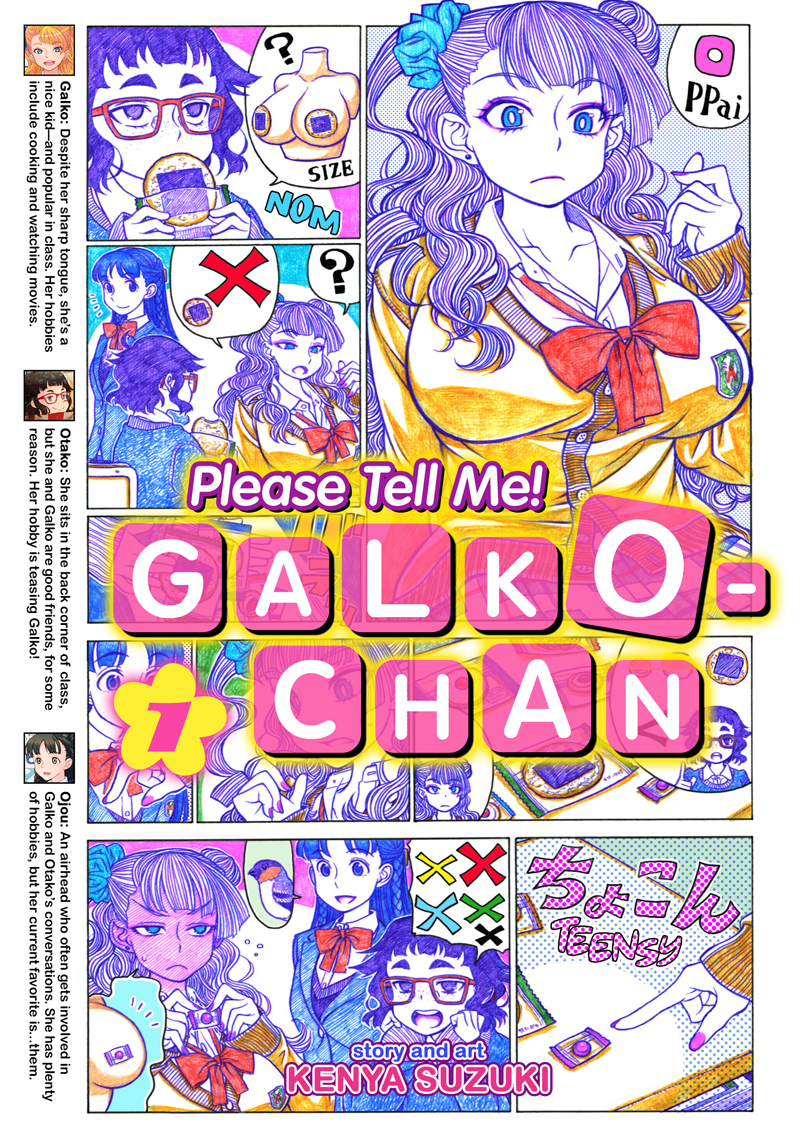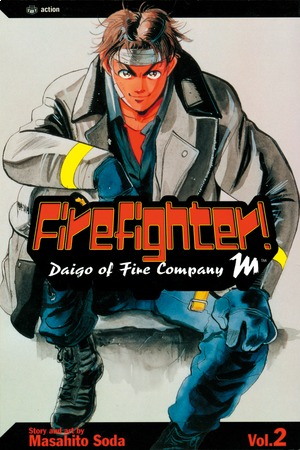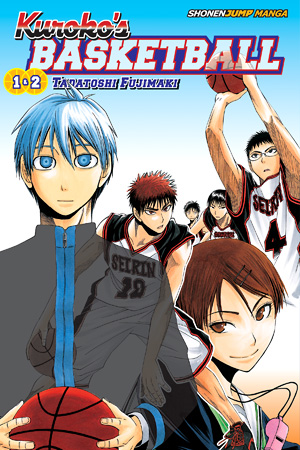I realize that it's the end of the month rather than the beginning, and that I've probably already said this, but happy new year, everyone! I'd like to help get 2017 off to a good start with a great …
Continue Reading about Manga Giveaway: Please Tell Me! Galko-chan Giveaway →




